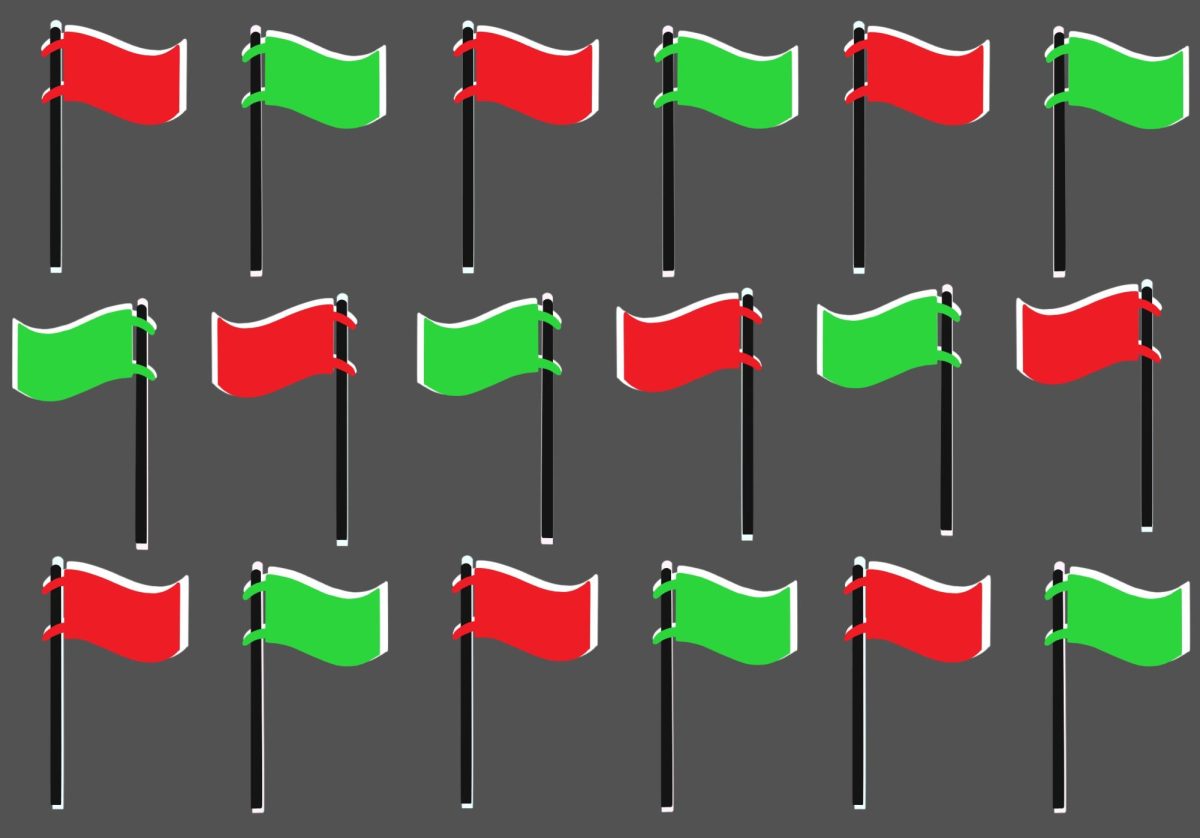I By Jon Marthaler
 f you’re like most Americans, your reaction to the preceding headline is not one of excitement, apathy or even disillusionment – it is one of bewilderment. “Huh?” You may think. You are not alone, because we as Americans are almost totally incapable of remembering just when Election Day is. Try this sometime: Walk up to the average American and ask him or her “Hey, buddy, do you know when Election Day is?” He or she will thoughtfully respond by punching you in the face and stealing your wallet; but the point is that he or she doesn’t know when Election Day is (correct answer: the first Monday after the second Sunday after the first full harvest moon of the second half of the new year, unless you are a married couple filing jointly).
f you’re like most Americans, your reaction to the preceding headline is not one of excitement, apathy or even disillusionment – it is one of bewilderment. “Huh?” You may think. You are not alone, because we as Americans are almost totally incapable of remembering just when Election Day is. Try this sometime: Walk up to the average American and ask him or her “Hey, buddy, do you know when Election Day is?” He or she will thoughtfully respond by punching you in the face and stealing your wallet; but the point is that he or she doesn’t know when Election Day is (correct answer: the first Monday after the second Sunday after the first full harvest moon of the second half of the new year, unless you are a married couple filing jointly).
However, many normal citizens are finding this election year to be a little boring. After all, there is no presidential election this year. Gov. Jesse Ventura has chosen not to run for re-election as governor of the great state of Minnesota, thus denying many of us the opportunity to cast multiple votes against him. So far, this election is devoid of almost all controversy or scandal; in other words, nothing interesting for the average voter. What we need is something to spice up this election season, and I believe I’ve come up with just the things to help.
First, candidates will not be allowed to put signs in voters’ yards like they do under the current system. Under our current system, candidates flood neighborhoods with signs, usually emblazoned with some helpful slogan such as “Coleman for Senate.” Do these signs do anything for the campaign? Are there people out there really affected by the fact that their neighbors have a sign proclaiming their support for “Johnson for School Board?”
Under my system, candidates will not be allowed to use signs unless they put them in consecutive lawns, like those 1930s-era Burma Shave ads.
The possibilities are endless. Start with simple ones: “Stop driving up,” “And down the street,” “Go vote Paul Wellstone,” “For a Senate Seat,” “Burma Shave.” There could even be “attack” signs: “Are You Lost?” “Fold up your map,” “Just remember: Coleman’s full of crap,” “Burma Shave.”
My second method for spicing up the elections: have an “American Idol”-like panel of judges on hand for the debates. I, personally, did not watch any episodes of the show; however, a large segment of the American public did. Therefore, my system will shamelessly rip off the show in hopes of drawing in a few viewers for a debate that, normally, is only slightly more exciting than watching bread become toast.
Think about the possibilities: A candidate starts talking about his five-point tax plan, when a surly British judge cuts him off with a sarcastic comment. The surly British judge will be a drunken Hugh Grant, unless he is unavailable. In that case it should be Henry Kissinger trying to fake both sarcasm and a British accent. Now that’s entertainment.
Lastly, politicians often seem to believe that a “grassroots” campaign will be effective in helping them win the election. In such a campaign, the candidate drives around the state, often in a bus
christened with a silly name that sounds like it came from a high school pep rally (“2002 victory bus” or something similar). The point of this campaign, apparently, is to make small-town voters cast their ballots based on which candidates they’ve seen and possibly shaken hands with.
For all I know, the strategy works; I grew up in a small town, and the residents there would probably vote for a banana as long as its victory bus made a 20-minute stop at the local park. Also, the banana would have to be in favor of farmers, in which case all we would need to do is put a John Deere hat on the banana during the stop. The voters would love it, and the banana would sweep to victory in the county.
However, bus tours are usually fairly dull, except for the end of the campaign leading up to Election Day. At this point, candidates occasionally become possessed and decide that what they need to do is campaign for 96 straight hours. This becomes comical about a day before Election Day, as exhausted candidates make their last few stops without having slept for the past several days. Bob Dole adopted this strategy in the presidential campaign of 1996; by the last day of his “96 Hours to Victory” tour, he was unable to do anything but cryptically state that “Bob Dole’s time has come; in two hours, the donkey gets it.”
And finally, here is my last change: Any candidate embarking on a grassroots tour will be required to have a “Road to victory tour” lasting a minimum of 120 hours. This should present us with several days’ worth of hilarity, as sleepless candidates canvas the state. This would also be advantageous come Election Day: As the results come in, the candidates will be soundly sleeping, thus preventing them from making idiotic “concession” speeches in which they pledge undying support to their opponents, even though they have been viciously ripping said opponents to tiny shreds for the last year.
The sooner my suggestions are implemented the better. Election Day is quickly approaching. At least I think it is; the groundhog saw his shadow a couple of days ago, and I think that means that Election Day comes six weeks before winter this year. Now, where did I put the banana’s little hat?







